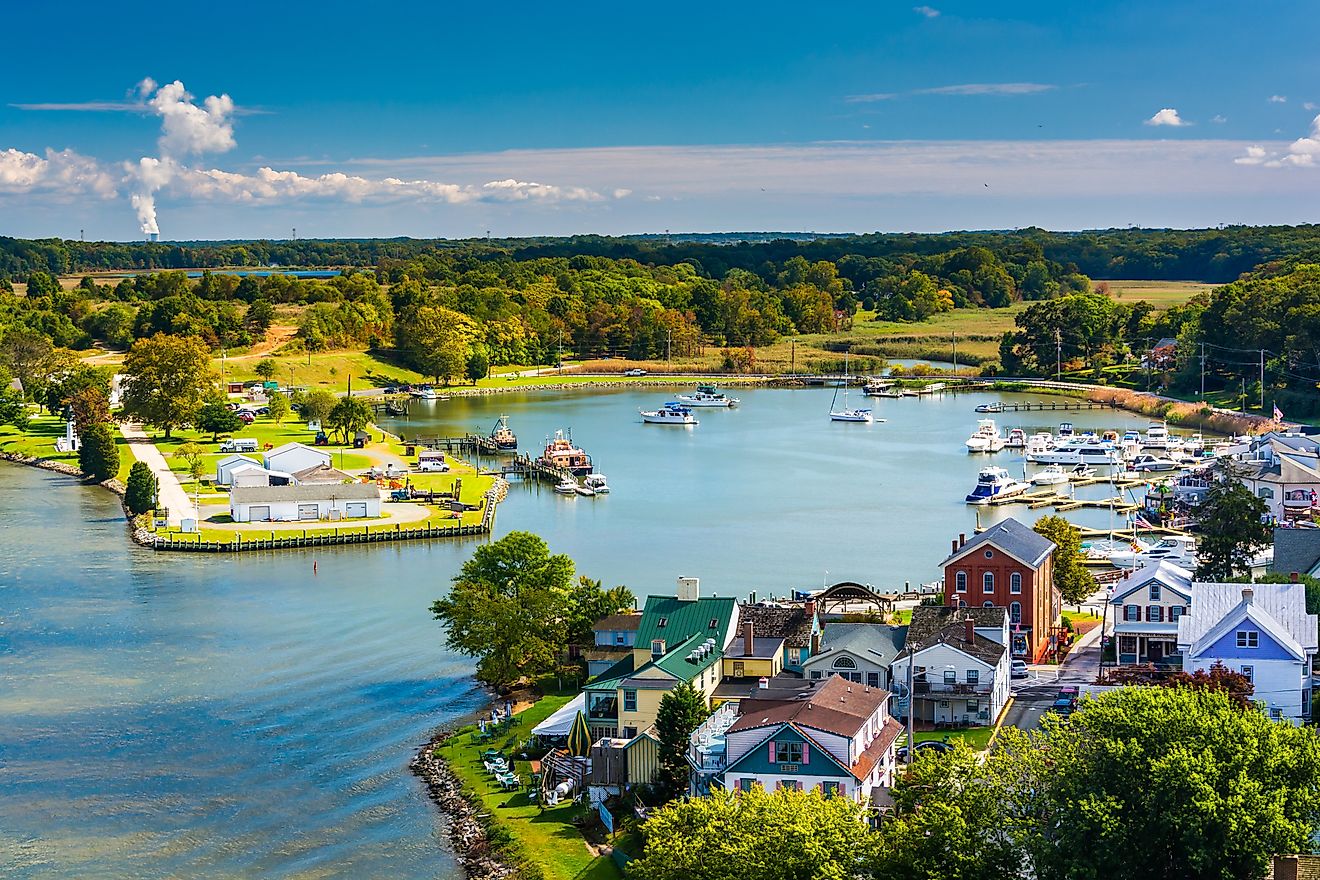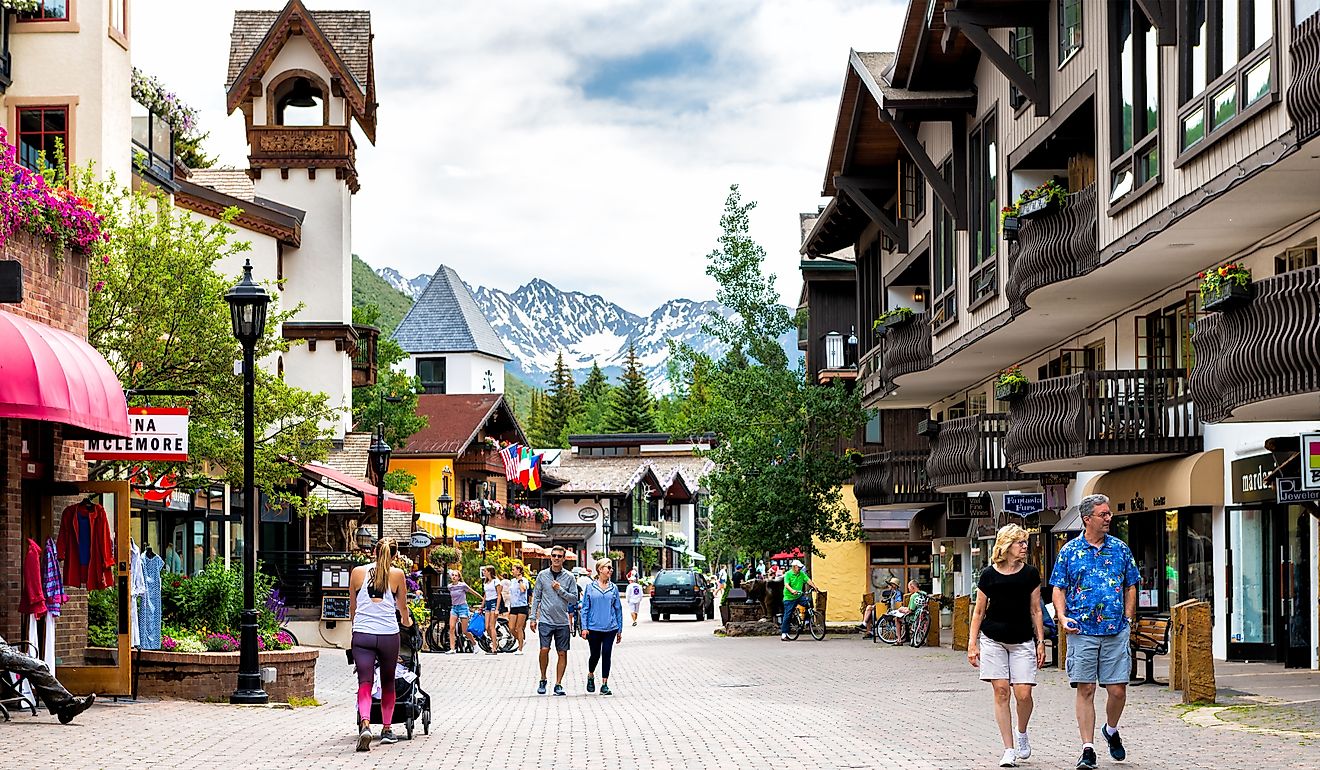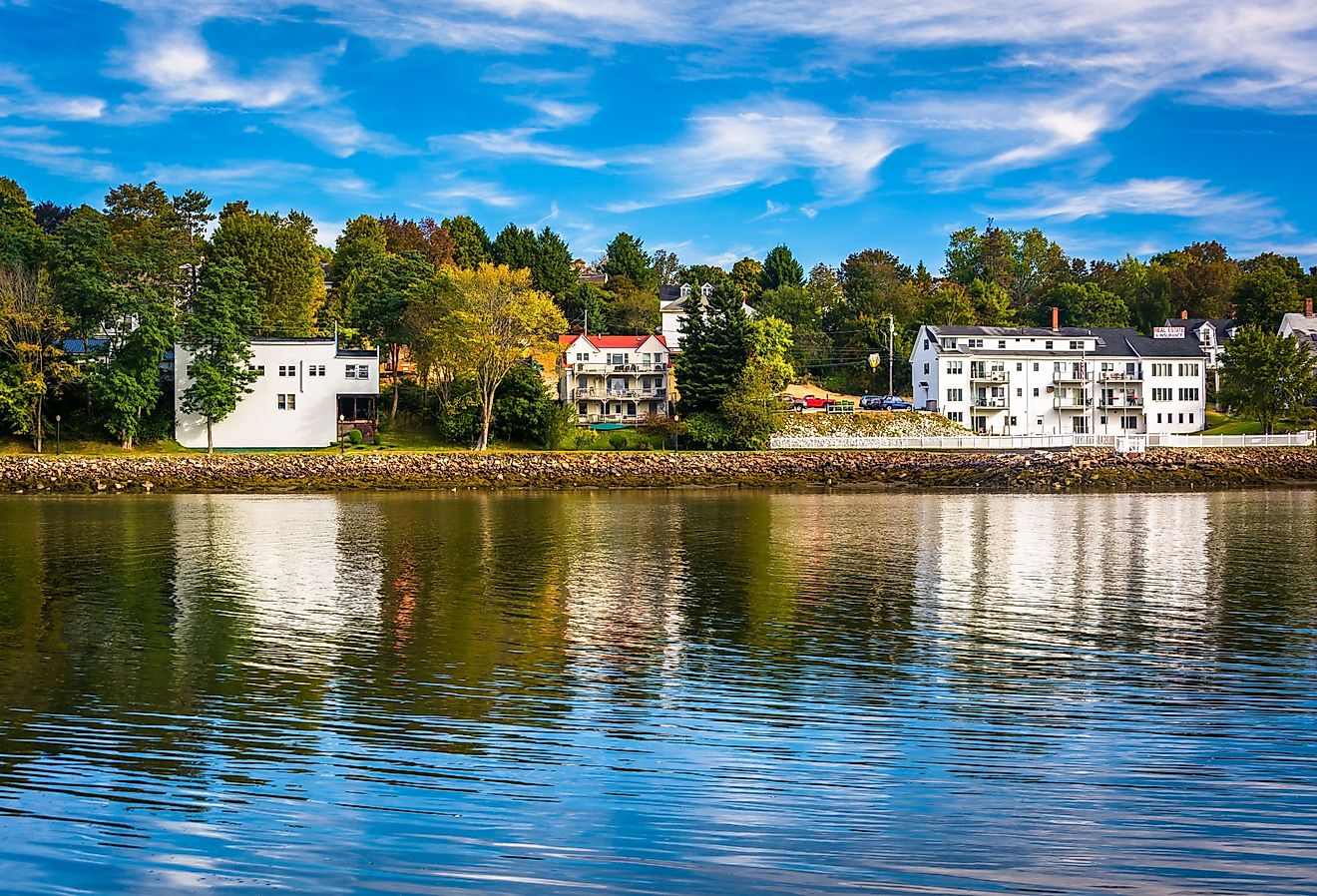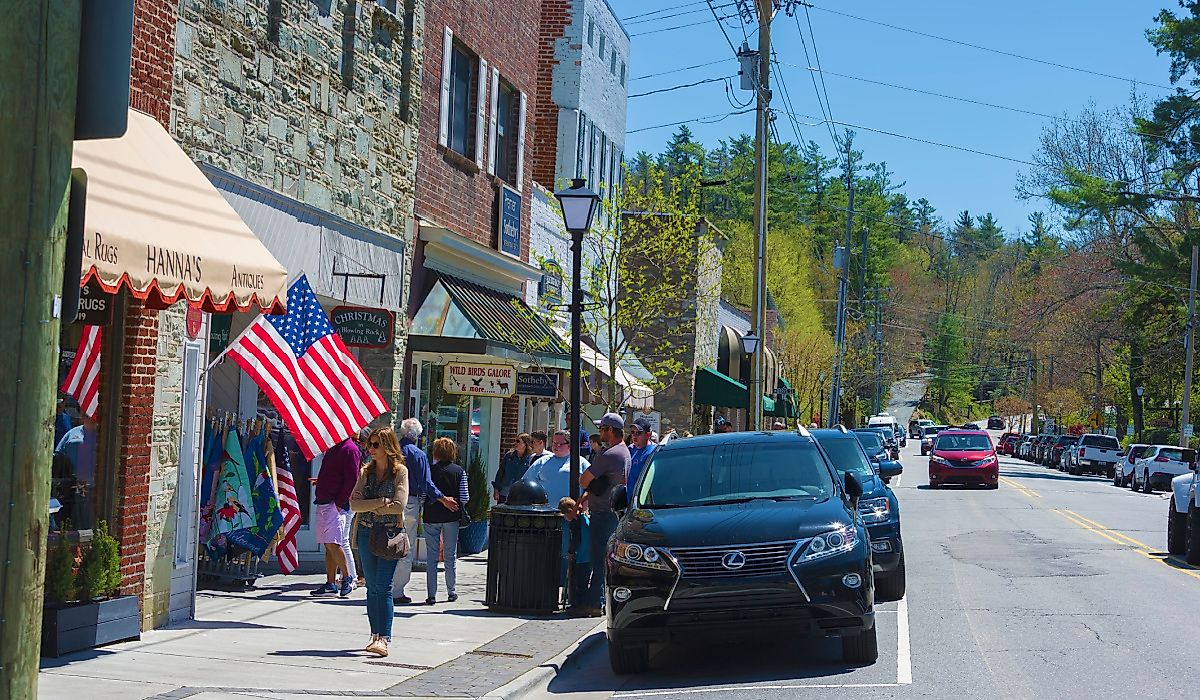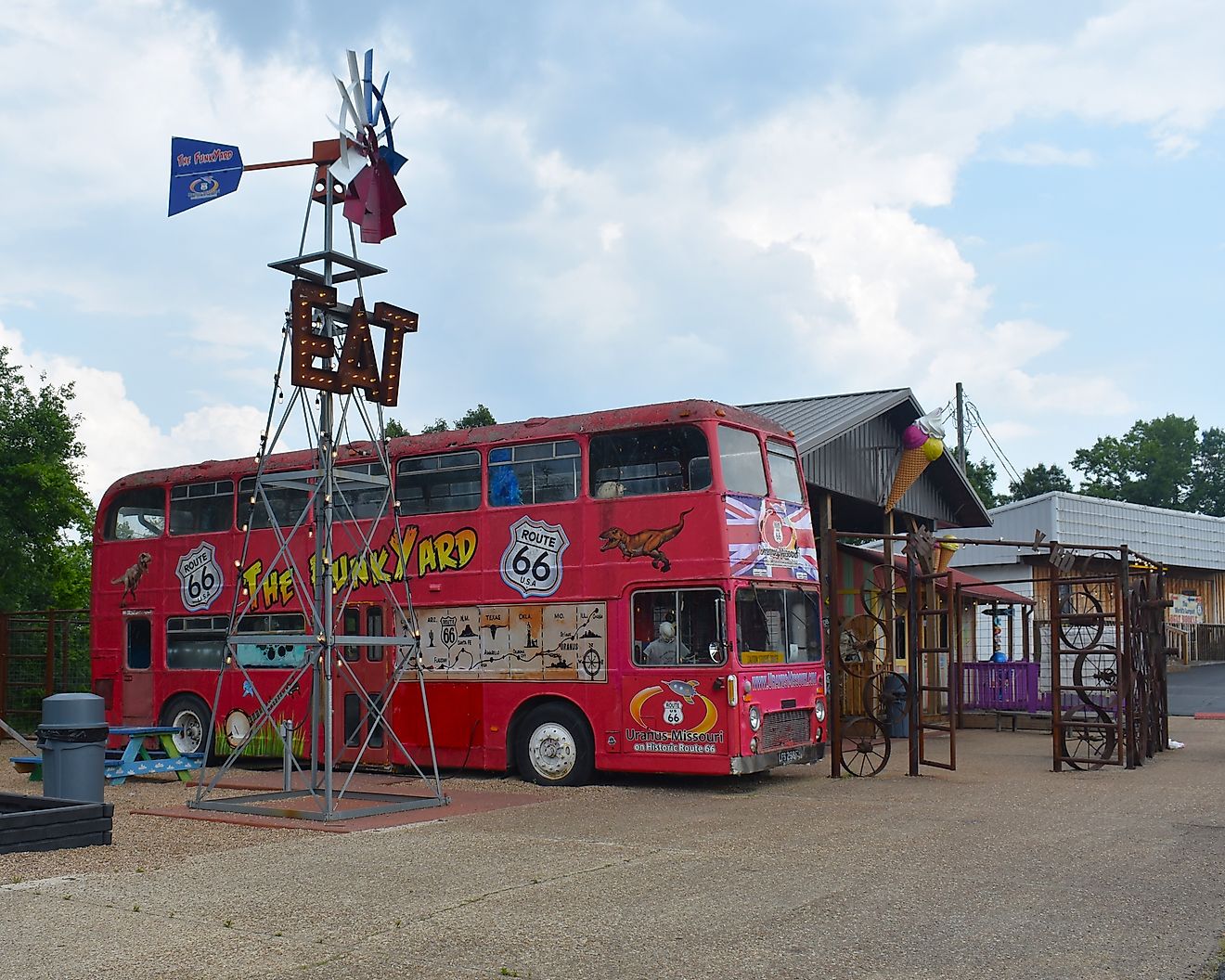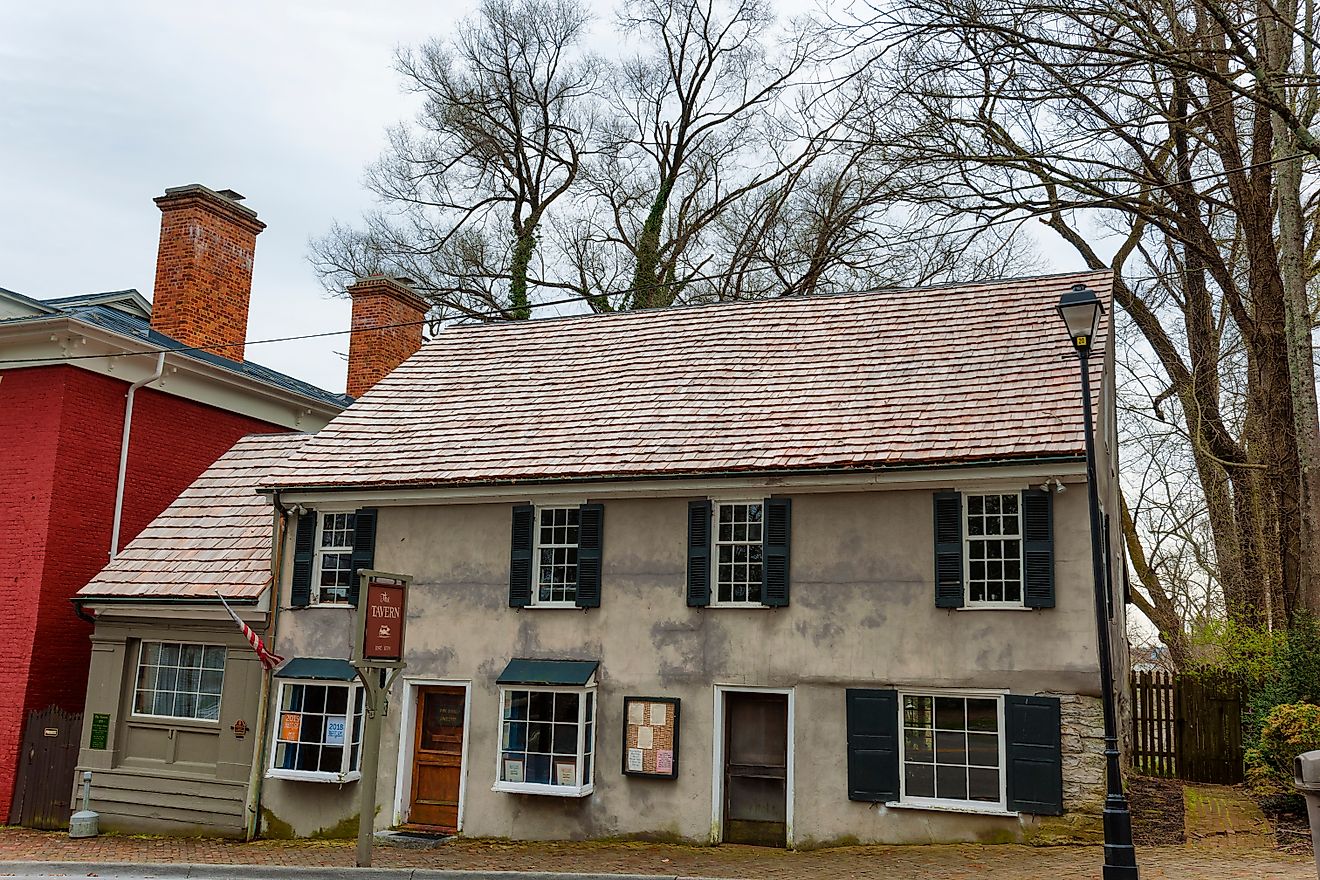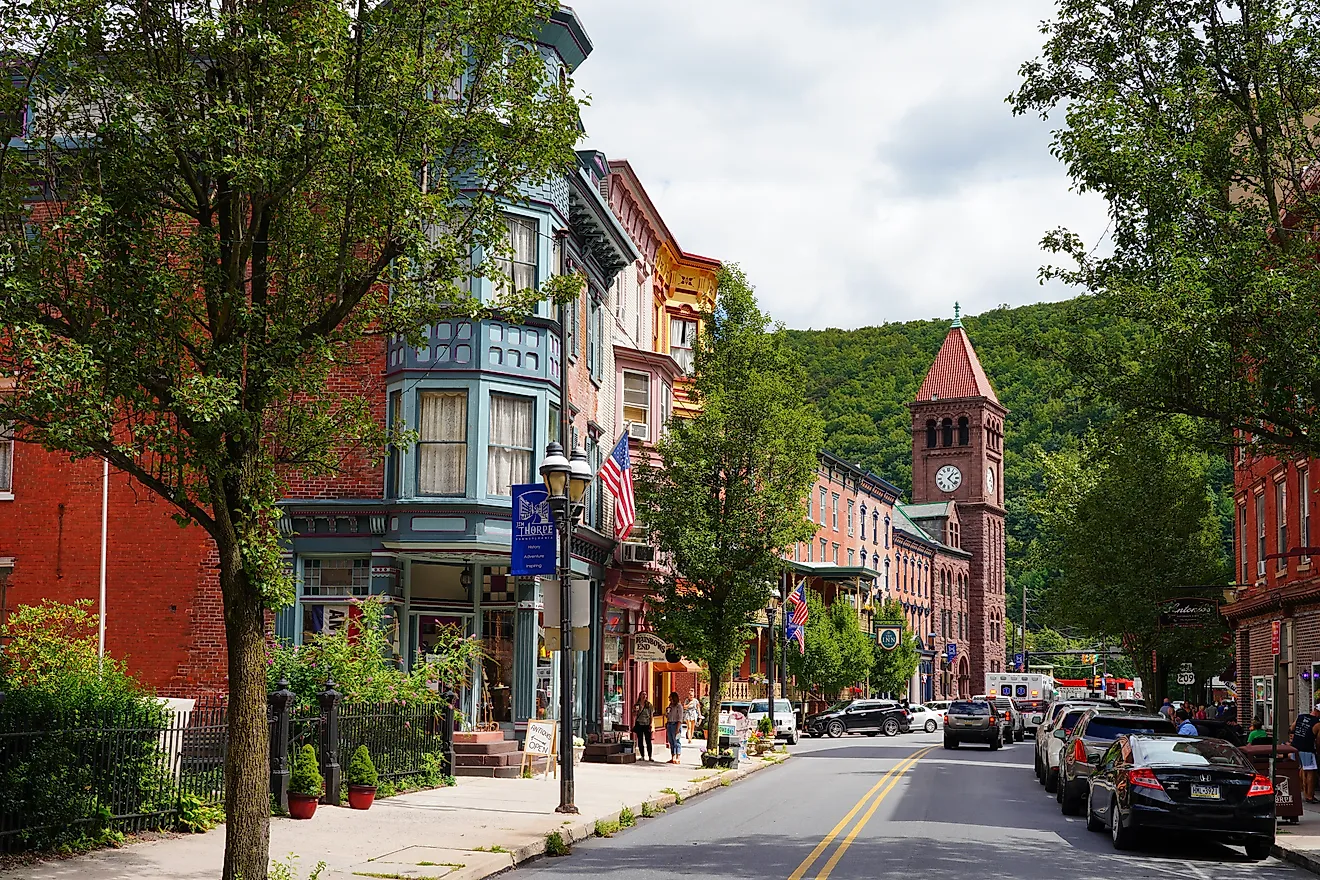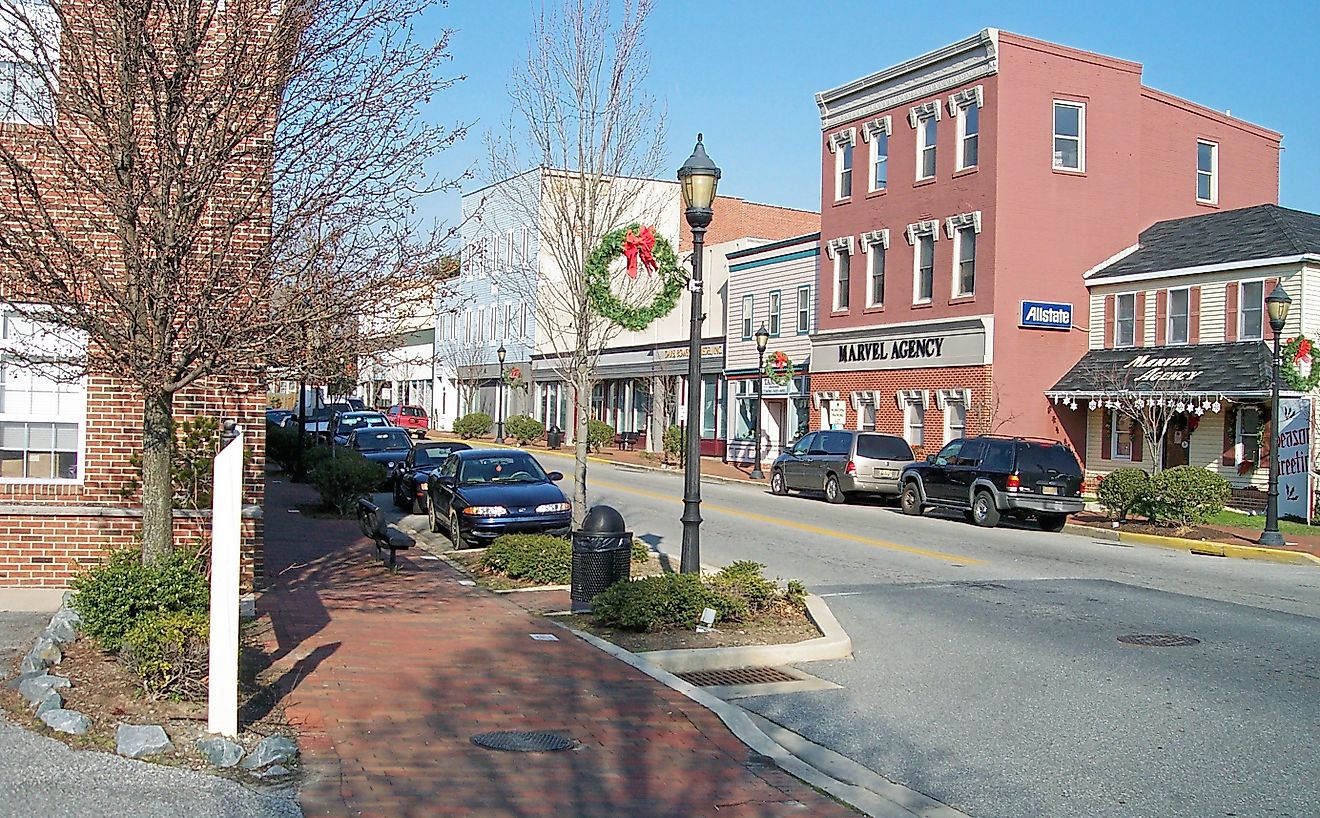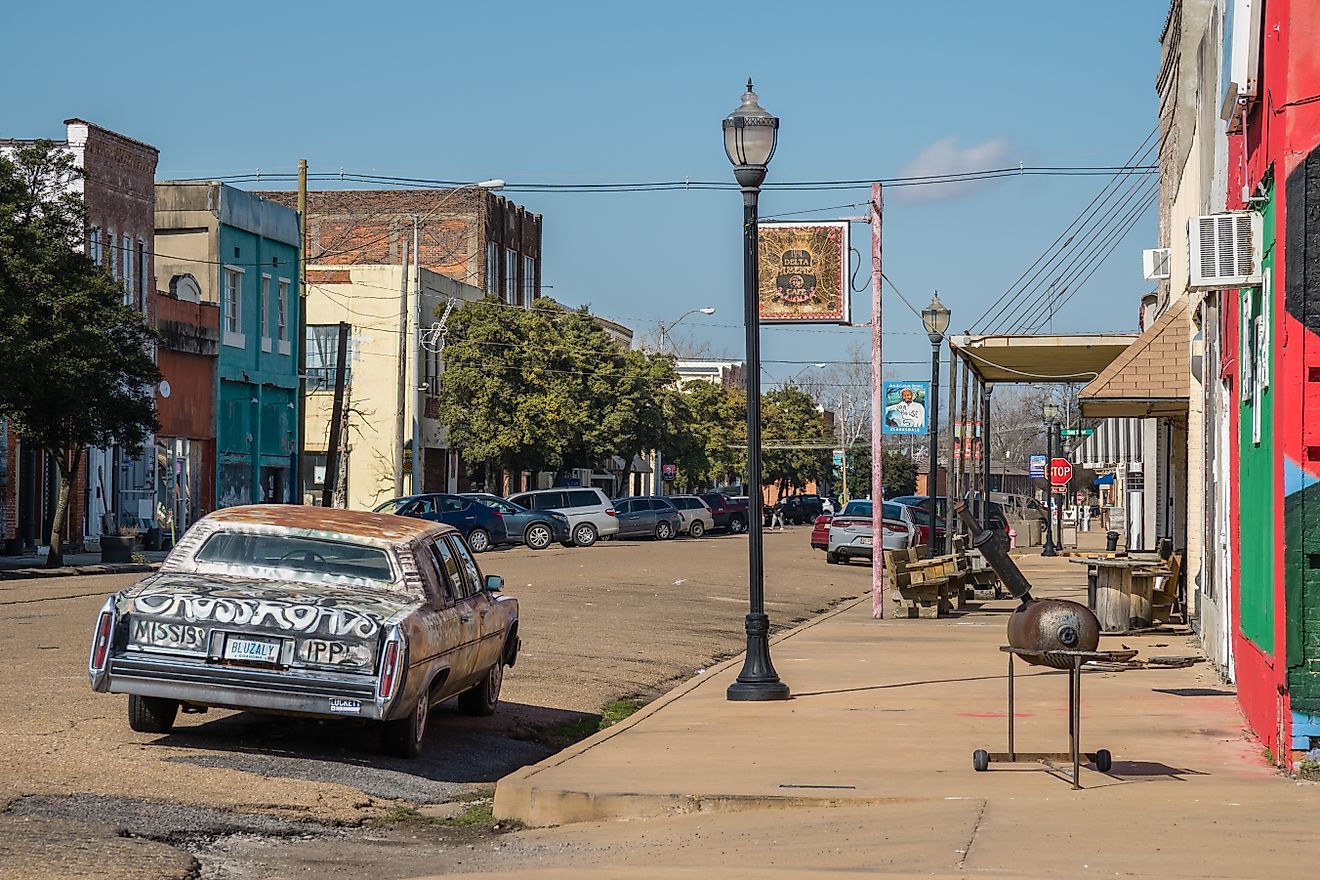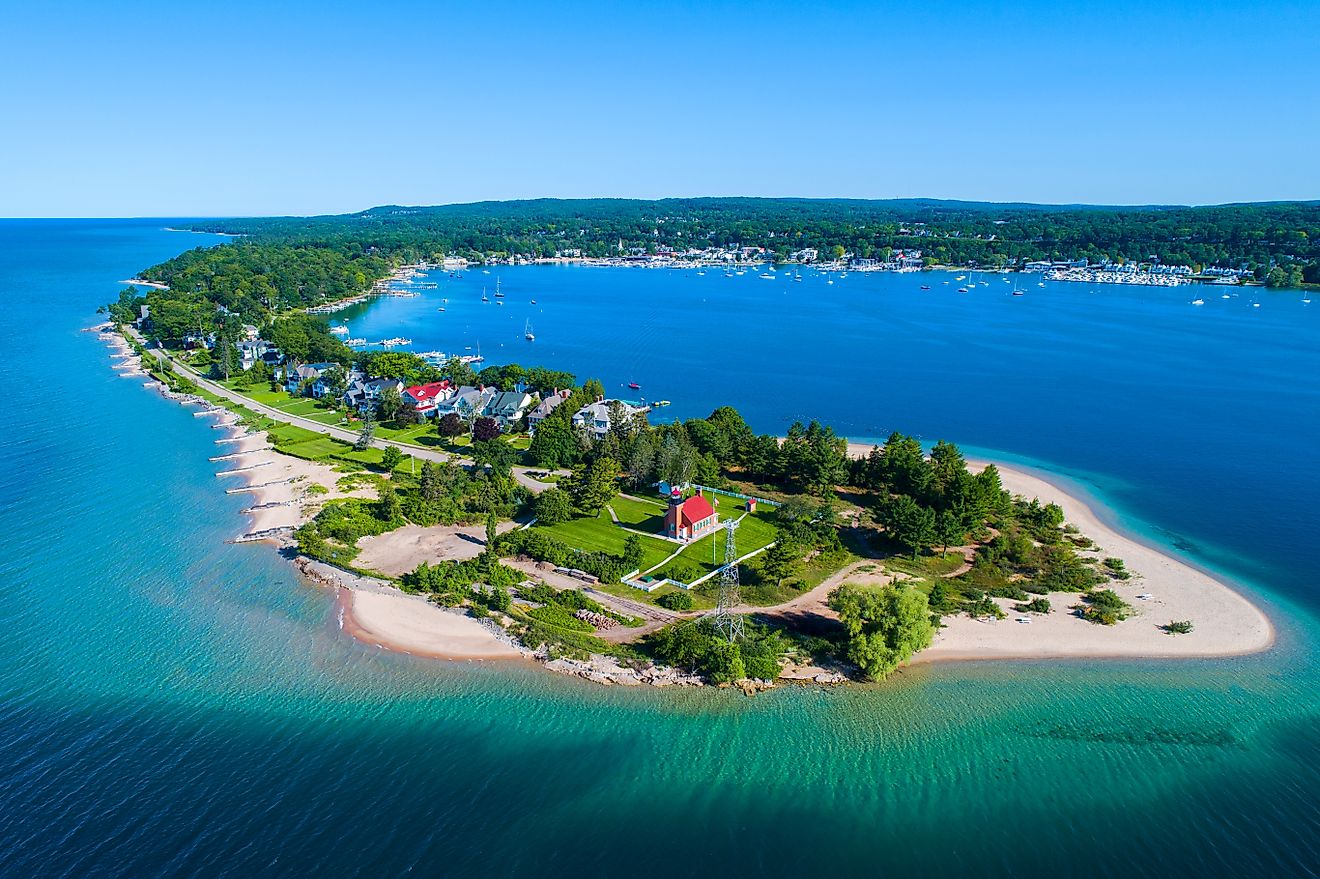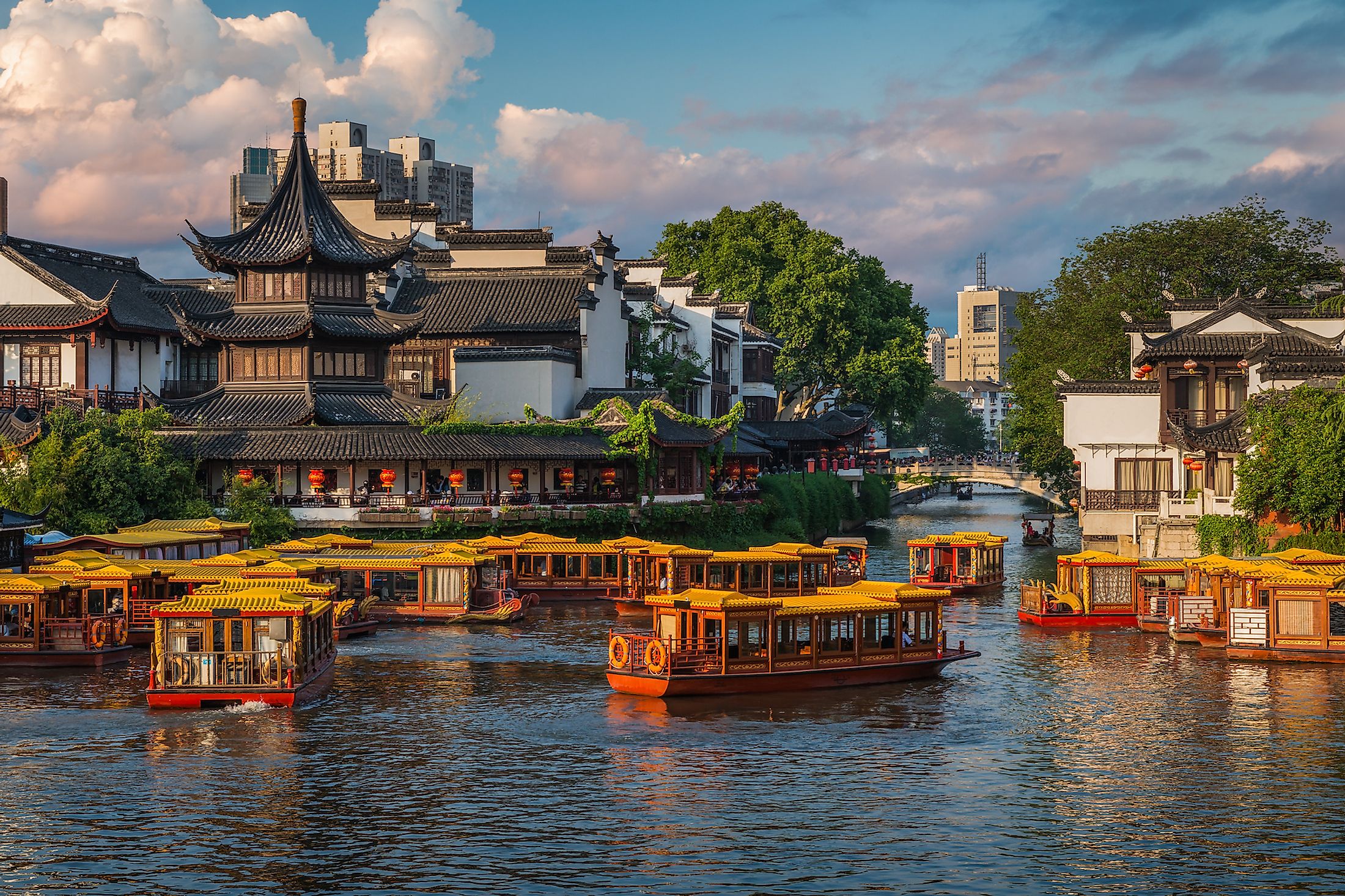
Nanjing, China
Nanjing is a sub-provincial city located in the delta region of the Yangtze River in the southwestern part of the Jiangsu province in the east-central part of the People's Republic of China. Nanjing serves as the capital city of the Jiangsu province and is considered the second-largest city in the East China region. In the administrative structure of China, Nanjing is one of the fifteen sub-provincial cities and is also one of the nation's four great ancient capitals. Nanjing also serves as an important educational, cultural, economic, industrial, political, and tourism center of the People's Republic of China.
Geography Of Nanjing
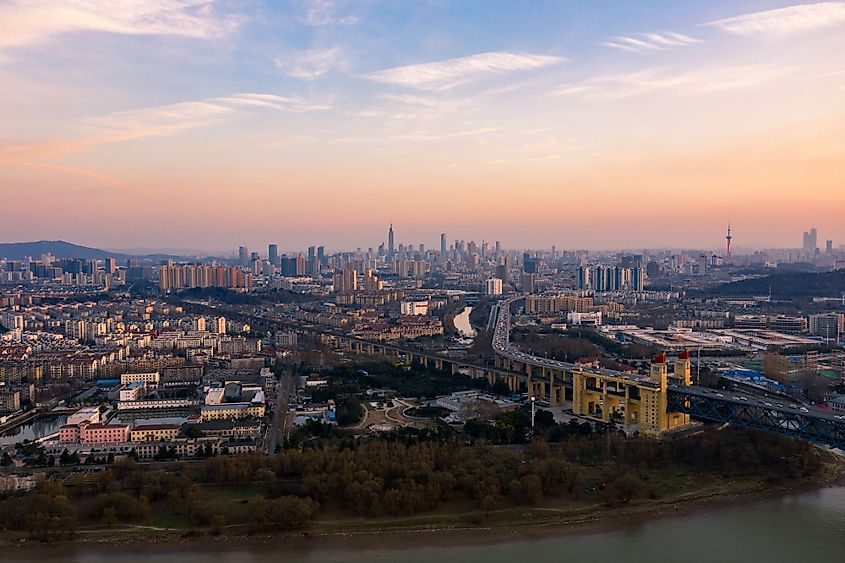
Nanjing is a megacity covering an administrative area of 6,600 sq. km in one of China’s most prominent economic zones. The city is located about 1,200km east-northeast of Chongqing, 900km south-southeast of Beijing, 650km southeast of Luoyang, and 270km west-northwest of Shanghai. Nanjing is bordered by Yangzhou in the northeast, Zhenjiang in the east, and Changzhou in the southeast. On Nanjing’s west is the province of Anhui, where Nanjing borders the prefecture-level cities of Chuzhou in the northwest; Chaohu, Ma’anshan, and Wuhu in the west; and Xuancheng in the southwest. The city proper is made up of an area encircled by a 34km long wall and neighboring districts and suburbs. The city is surrounded by the Ningzheng Ridge on the northern, eastern and southern sides, while the mighty Yangtze River flows through the western and the northern sides of Nanjing City. The sub-provincial city of Nanjing is administratively divided into eleven districts, of which six districts are in the city proper, and five districts are suburban. The city proper districts include Xuanwu, Qinhuai, Jianye, Gulou, Qixia, and Yuhuatai districts, while the suburban districts include Pukou, Jiangning, Luhe, Lishui, and Gaochun districts.
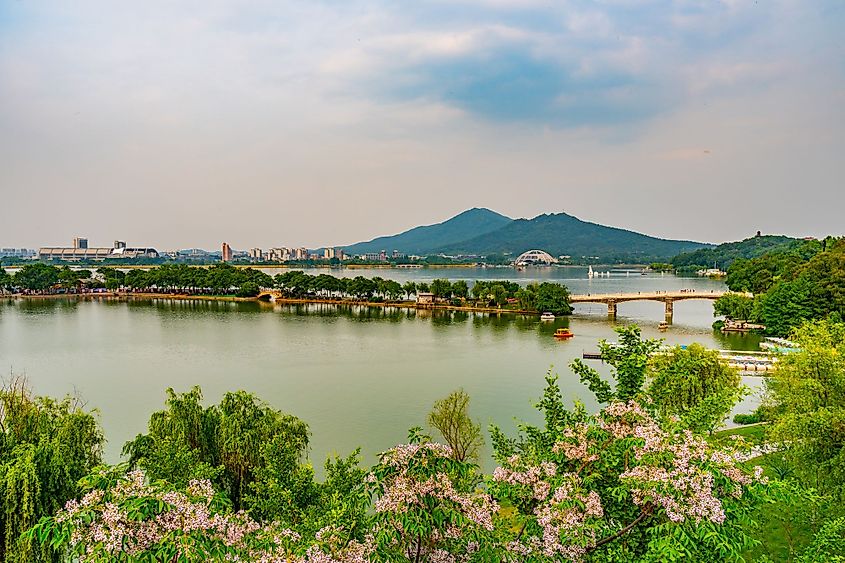
The city of Nanjing is surrounded by hills and rivers and is shaped like a gourd whose tip points towards the northwestern direction. Central Nanjing is bordered on the western and southern sides by the Qinhuai River. On the eastern side of the city are the Zijin Mountains, and on the western side is Qingliang Hill. The large Xuanwu Lake is located outside the city wall on the northeastern side, while the Mochou Lake is situated on the southwestern side. There are many hot springs in Nanjing, including the Tangquan Hot Spring in the Pukou district and the Tangshan Hot Spring in Jiangning District. In addition to this, more than 40 kinds of minerals are found in Nanjing.
Climate
According to the Köppen climate classification, Nanjing experiences a humid subtropical climate, with very hot and humid summers and freezing winters. The hot season lasts from July to September, with July being the hottest month, having an average high temperature of 31.1°C and a low temperature of 25°C. Due to the high temperatures during the summer season, Nanjing is referred to as one of the “Three Furnaces” located along the Yangtze River. From mid-June to the end of July, Nanjing is affected by the East Asian monsoon and receives mild rainfall. The cold season in Nanjing lasts from December to March, with January being the coldest month, having an average low temperature of -1.1°C and a high temperature of 6.6°C. The city receives an average annual precipitation of 1,090mm.
The Population And Economy Of Nanjing
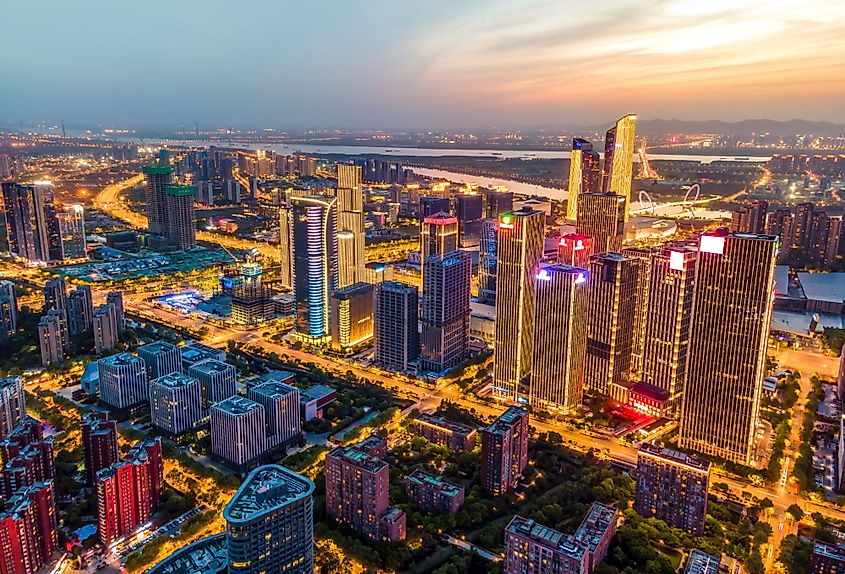
As of the 2010 census, Nanjing is home to a population of about 8 million. The largest ethnic group in Nanjing is the Han Nationality accounting for 98.56% of the city’s population. The other minorities in the city include Hui, Manchu, and Zhuang ethnic groups. It has been estimated that a majority of these minority groups reside in the Jianye District, accounting for about 91.3% of the population of the Jianye District. At present, the economy of Nanjing is dominated by the service industries, which account for 60% of the city’s GDP. The most profitable sections of the service industry are the finance, culture, and tourism industries. Some other industries in Nanjing include information technology, environmental protection, new energy, intelligent equipment manufacturing, etc. Nanjing has also attracted foreign investments and several multinational companies like Volkswagen, Siemens, Iveco, etc. Several R&D centers and institutions are based in the city and have turned Nanjing into a significant industrial technology research development center.
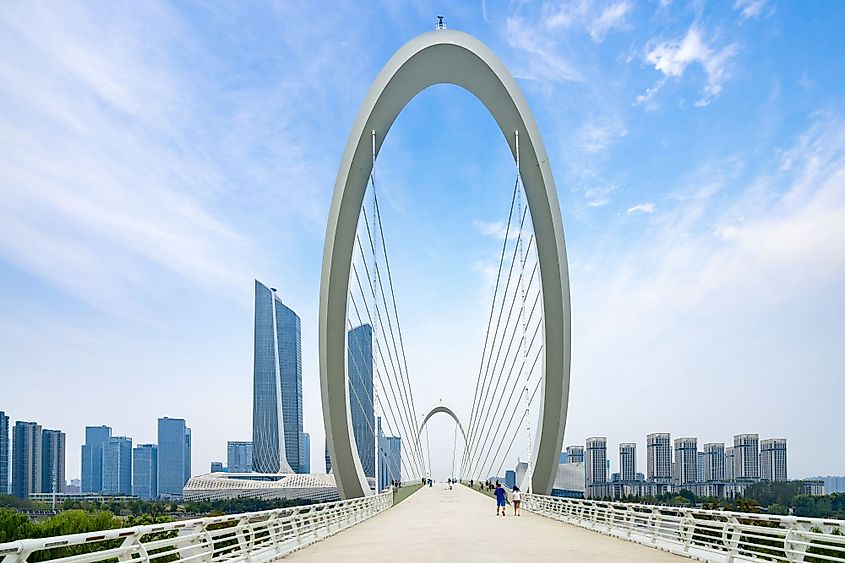
Nanjing also serves as a vital transportation hub in Eastern China, where a 3-D transport system is constituted by the different modes of transportation, including the roadways, railways, and aviation facilities. The Nanjing South Railway Station is considered Asia’s most extensive high-speed railway station, while the Nanjing East Railway Station is regarded as the 15th largest railway network marshaling station in China. The entire Yangtze River Delta area is mainly served by the Nanjing Lukou International Airport, which is China’s 12th busiest civil airport. The multifunctional river-sea port also makes Nanjing one of the country’s important shipping centers. The city’s public transportation network is highly efficient and is used greatly by all the residents of Nanjing.
Tourist Attractions In Nanjing
Dr. Sun Yat-sen’s Mausoleum
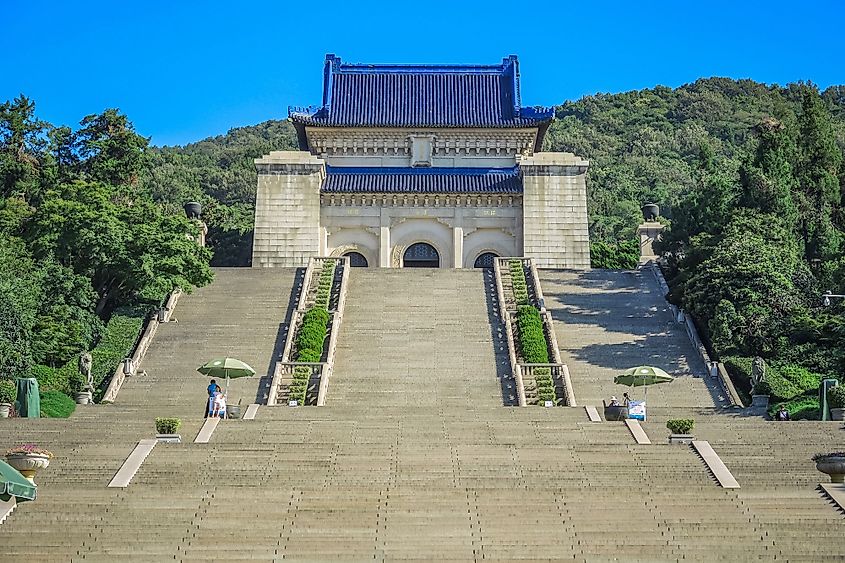
Located at the foothills of the Purple Mountain in the city of Nanjing is the mausoleum of Dr. Sun Yat-sen – the Father of Modern China. The construction of the mausoleum began in 1926 and ended in 1929. It was designed by the renowned Chinese architect Lu Yanzhi and was completed by the well-known Chinese-American architect Poy Gum Lee. Dr. Sun Yat-sen’s Mausoleum is considered the most outstanding mausoleum in the modern architectural history of the country.
Nanjing Museum
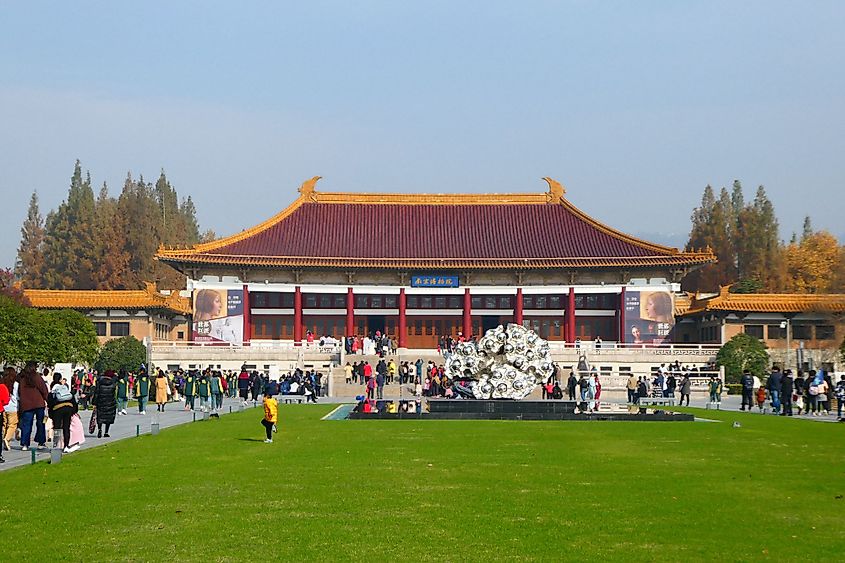
Formerly referred to as the National Central Museum, Nanjing Museum is one of China’s largest museums, covering 70,000 sq.m. The museum contains a permanent collection of more than 400,000 items. The most notable collection of the museum is the vast collection of Ming and Qing imperial porcelain items, which are considered to be the largest in the world. Established in 1933, the museum was designed by the noted Chinese architect Liang Sicheng.
Nanjing Olympic Sports Center
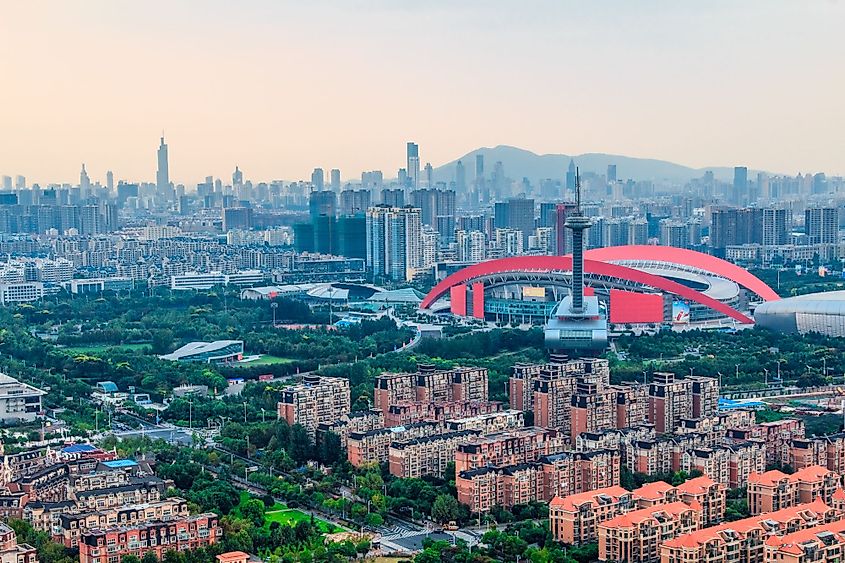
The large Nanjing Olympic Sports Center Stadium is located in Hexi New Town in Nanjing. The stadium occupies a total construction area of 401,000 sq.m. and is mainly used for various recreational sporting events. The Nanjing Olympic Sports Center Stadium served as the principal venue of the 2014 Summer Youth Olympics and 2005 National Games of China.
Nanjing Fuzimiao

Located in the southern part of the city on the banks of the Qinhuai River is the Nanjing Fuzimiao. It served as the former site of the largest imperial examination hall that was used during the rule of the Ming and Qing dynasties. During the reign of the Song Dynasty, a Confucius Temple was constructed on the site. Nanjing Fuzimiao currently serves as a popular tourist destination and attracts many visitors to the area during the Qinhuai Lantern Fair, which is held during the first month of the lunar year.
Brief History Of Nanjing
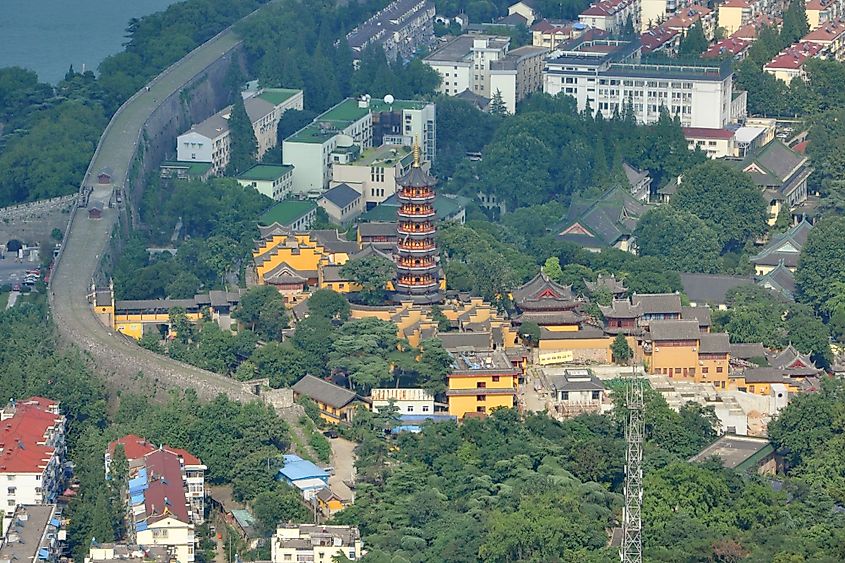
Archaeological excavations revealed that more than 500 thousand years ago, a subspecies of Homo erectus named “Nanjing Man” lived in the area. In 333BC, Jingling Town was built by the State of Chu on Stone Mountain by the Qinhuai River. The Taibo of Zhou established the Wu State during the rule of the Shang dynasty. During the Three Kingdoms period, Nanjing served as the capital of Eastern Wu. Nanjing continued as the capital of the Southern Dynasties for more than two and half centuries during the Northern and Southern Dynasties. After the Sui dynasty reunified China, the city was renamed Shengzhou. The city was then renamed various times during the rule of the successive dynasties. A 48 km-long city wall around the city was constructed during the reign of the Ming dynasty. It is believed that from 1358 to 1425, Nanjing was the world’s largest city and had a population of 487,000 inhabitants. After the capital was transferred to Beijing, the city became known as Nanjing, or the “Southern Capital.” Nanjing also served as the capital of the National Government of the Republic of China. From 1927, the city grew rapidly and transformed into one of China’s most modern cities. With the establishment of the People’s Republic of China in October 1949, Nanjing became the provincial capital of the Jiangsu province.
